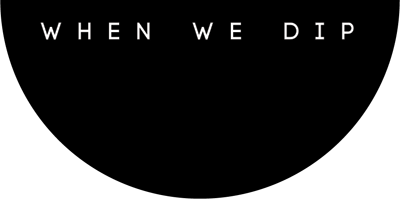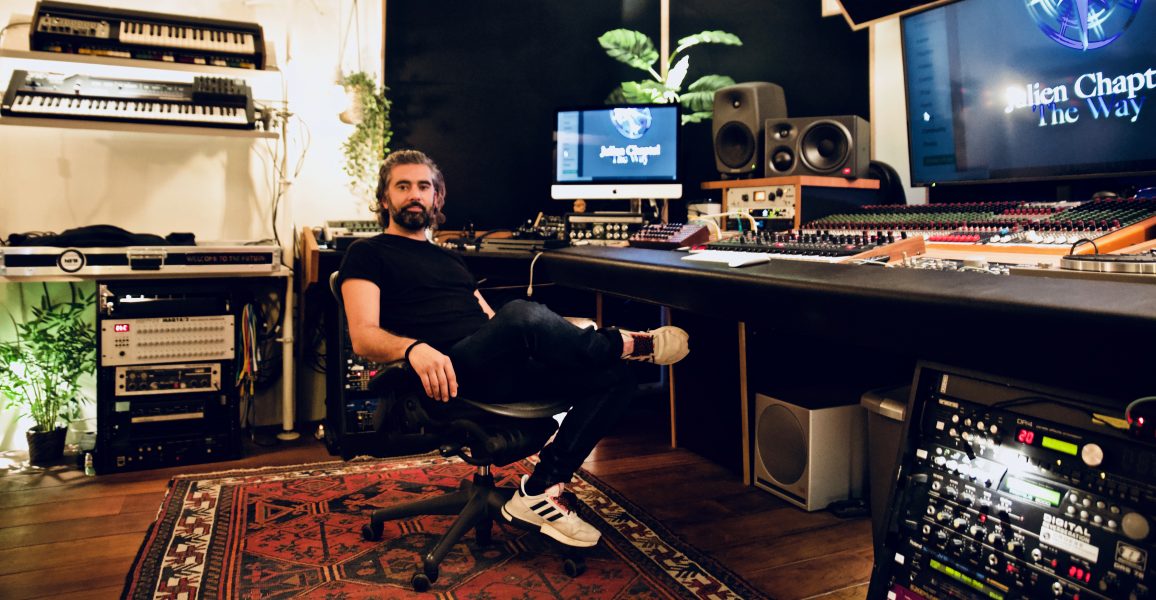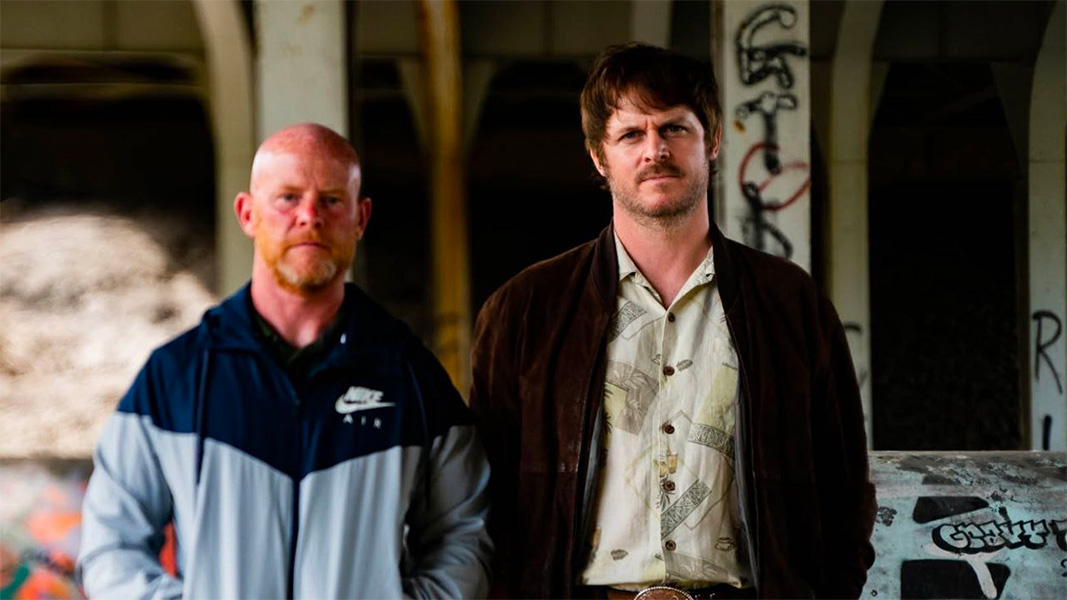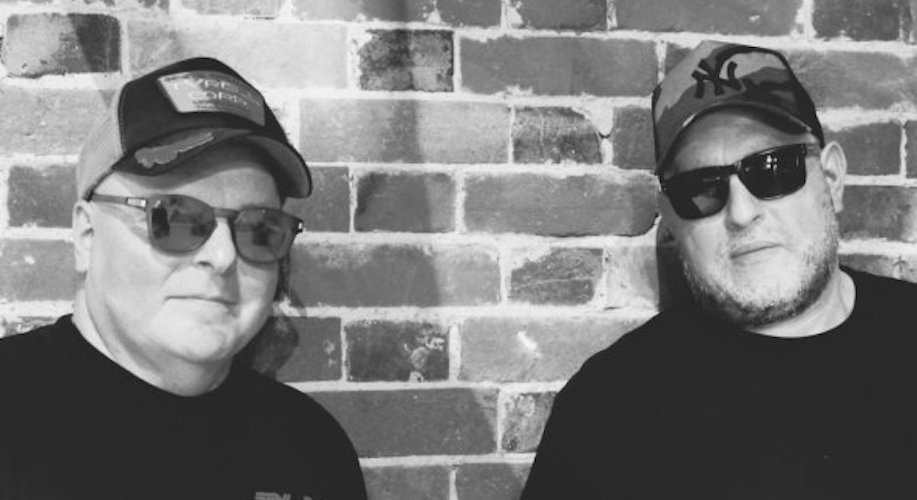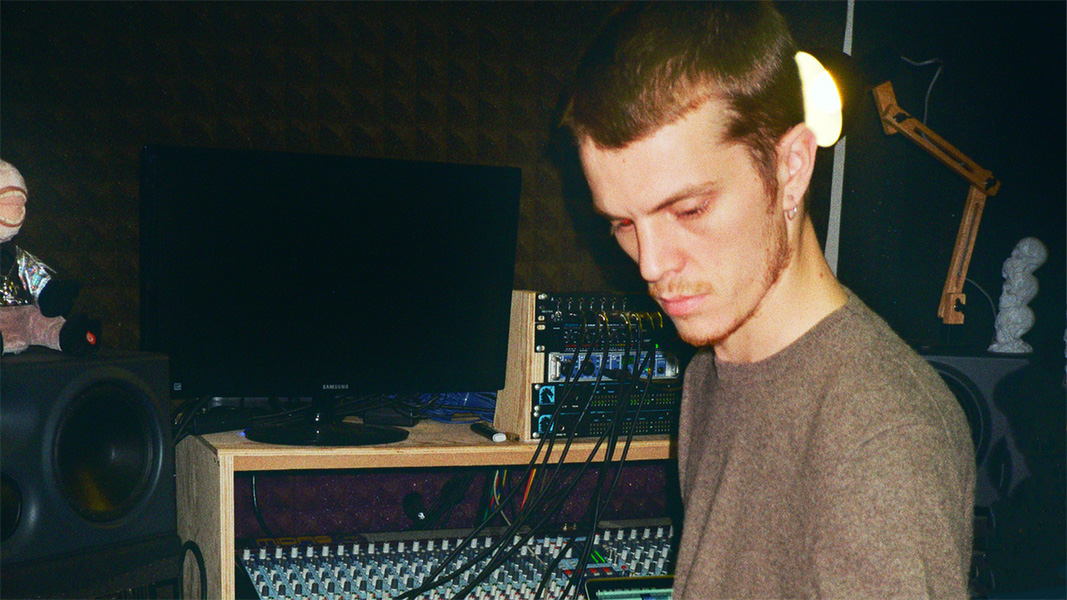Julien Chaptal is an electronic assembly — part French electronics, part Detroit synth machine, and part Dutch minimal robot. Purpose built with a modular brain, Julien’s performances are switched on, live, utterly groovy, and while pulsating with machine wiring, undeniably human.
Chaptal’s newest record, The Way, out soon on Carl Cox’s Awesome Soundwave Records, was conceived after a few too many knobs were turned on his Octatrack, sending Julien tumbling through time and space to capture decades worth of dance floor musical influence before returning home.
Recorded live along the journey — on stage, by boat, and on wheels — The Way’s hypnotic tracks are an intimate look at the intricate circuitry composing the logic behind electronic music, showcasing where it has come, where it is now, and where it will travel in the future. The prolific producer now gives us his top 5 studio tips. Enjoy !

Change your workflow
When I started making music, I didn’t know much about the machines in front of me. Everything was new and therefore, exciting. Sometimes frustrating too, but most importantly, I was discovering ways of making and recording music. Without being fully aware of it, I was devising my own set of methods and techniques. Mostly because I didn’t have anyone to show me around and I was not fully understanding what I was reading in the manuals. So after a while i found my own way of walking. But I think that, instead of walking forward as most people do, I learned how to walk sideways, and using my MPC in ways it wasn’t intended to be used, because I didn’t know any other way. It took forever to get anywhere, but I saw a lot of scenery that way, and I think I created sounds, and sometimes even music, that wouldn’t have come to life had I done everything by the book. Later I learned how to use Cubase, Pro Tools, and finally Ableton, which I still use today.Very quickly I began making templates in cubase, including my favourite chains of plugins and later, when the computer became fast enough to process them, software synthesisers. That not only sped up my workflow but also helped me define a personal sound and a consistent musical output. When I looked back at what I was making, after a couple of years of working in that way, I started to realise that it felt like I wasn’t going anywhere. I started to perform live, using Ableton, and so I was spending hours exporting the music I was making in Cubase into Ableton Live. That’s when Dylan Hermelijn, AKA 2000 and One, told me he was making is music in Ableton. It was as version 1 or 2 at the time and still had a reputation for not sounding as good as the established music software of the time so I was a little reluctant, but I tried it for myself, and when I started using Ableton I noticed I produced music differently. The music had a more playful aspect to it, and I though, wow man That’s the way to go! And I didn’t look back for a while. But it wasn’t that simple and I found that I then began to fall into the same patterns after a few years, and so since then I make a point of constantly trying to change the workflow, be it by using machines, different software, or as I am doing at the moment, a combination of both. I’ve worked in the box exclusively, and then from 2012 till last year exclusively with hardware machines, and I honestly can’t say there is a better way to do it. What does work well for me though is to keep myself on my toes, always learning new methods of walking sideways, to create more exciting music, I’m just starting to discover Bitwig, and already making different kind of music.
Set the mood – look elsewhere:
So, this is something I learned from two of the students I teach at Conservatorium last year, which has been a real eye opener for me. They were making music to pitch to a known American singer, which was a pretty serious job, but every time I walked by the studio it looked as if they were watching the BBC blue planet series on the big screen of the studio. I walked in to check if they were just not feeling like making music on that day but, to the contrary, they were making music to the video they were watching. Although it didn’t quite sound like a blue whale just swallowed a ton of krill, you could sense that the images on the screen had somewhat set the tone for the music they wanted to make for that particular singer. I’ve been doing this myself ever since, it is a very good way to make use of a screen in the studio if you have the luxury of having a spare one. If not, then putting on a video on a phone could do the trick, I’m sure. Of course, it doesn’t have to be a relaxing nature show, just the right kind of images to set the tone of the music you want to make, or are already in the process of making. It’s also a very good way to actually think about what you are doing, rather than just making a loop, or whatever other meaningless blips and blops.
Create your own machine, and surrender to it.
Brian Eno has been and is always a great inspiration to me. This is one of the methods he has devised as he has been pioneering his way through the production of forward thinking music the past decades. As you perhaps already know, he has widely been credited as being the inventor of Ambient music, and one of the ways he like to create music, is to create a set of rules for the machines in the studio or the computer to generate a serial, or parallel chain of events which might happen, based on probability. So lets say for instance, a simple rule, if I play a C on the keyboard, the computer might generate an A or a G afterwards on the quarter notes in the same musical sentence, but never an F sharp. That set of rules can be as defined or loose as you want, and when done properly, it can be used to create very coherent music, and perform it, in a way which is never there same. This happens however, within boundaries which you must define as you create the machine. Your role as a producer changes radically as you are becoming a sort of mini god like figure which defines the rules of nature as you want it to sound, but then surrender to it and watch it, or in this case listen to it evolve without you interfering, or not interfering much with it. It a fascinating subject, which has been described as generative music. There is a lot of resources online about how you might want to go about doing this for yourself. I like to use Ableton, and Max for Live is really suited to this, but as far as I can tell, Brian Eno has been doing it in Logic for years. He’s also created apps and albums based on that principle, so the album never sounds the same when you play it. The future is now.
Remember, you were once a child, buildings castles made of sand.
This also goes a little bit along the lines of what I was talking about in the previous studio technique. For years, I’ve been learning about how I can create a specific sound, most often, how to translate and idea from my brain to the speakers. From the creations fo specific sounds, to the creation of specific harmonies or melodies. While I have somewhat succeeded in recreating some of the sounds I have in my head, I still struggle with recreating melodies, and mostly harmonies. For that, I would need to spend time learning the theory of music, but I’m both lazy, and a believer of the following idea. This process of translating from mind to air movement, I find both full of learning moments, and at times, very frustrating. I think we’ve all been there at some point or another, you have a precise idea in your mind and you just won’t let go until you’ve created that exact sound, or worse, scrolled though hundreds of presets looking for it. It’s an absolute vibe killer, and hardly ever leads to a good place. So instead, I’ve discovered that it works better for me to let loose, and create an environment where happy accidents are created. For instance, I think it’s absolutely pointless to play or write a melody, or bass line, and then look for a sound that will make it shine. Rather, find a sound that you like to play with, and then create that melody, bass line, pad, whatever. That usually lead you to be more expressive, and to exploit the possibilities of the sound on much more profound level.Having said that, I’m also a big fan of tweaking sounds which I’ve created something with, but rather in order to polish it, and bring it to a new height in the process.About the music theory, there are very good reasons to spend time learning at least some of it. For starters, it helps you work faster, and most importantly, helps you not to make people cringe, or die of boredom when they hear your tunes. Having said that, I found that a lot of people I work with, who do have a solid background in music theory, and who are Brough up in a classical way, are somewhat restricted by this set of rules which they know and often, do not dare to stray from. I think that’s one of the reasons that techno (or let’s say electronic music as a whole) has been so exciting, and really pushed the boundaries the past 30 years or so. It has often been created by people who have no idea about these rules and who just go about with their feelings, and in so doing, create these edgy combinations that our minds go crazy for. Last year, a friend of mine, Anton Pieete, Aka Darling, created an entire album recording his 3 year old daughter banging away on synths an drums machines in the studio. He did spend some time rearranging everything, but the results aren’t like anything he would have come up with himself, and it is pure bliss to listen to. The bottom line is, I always try to approach it like a child when I’m in the studio, and instead of asking myself “what does this button do?”, I just push it, turn it, and usually at least 2 at the time, until I get something that makes me go “wuuuuh!”.
RTFM
That’s an obvious one, and as most people, I often don’t do it when I first lay my hands on a new machine, or plugin. But doing it later down the line, often reveals features or ways I could do things which I’ve never though of before. Oh yeah, for the non nerds amongst us, RTFM means “Read The Fucking Manual”. Learning how to read a manual is actually a skill in itself, I don’t always have the patience for it, and nowadays most of the info is a few clicks away on youtube. But it’s also time consuming to sit though boring videos of other nerds telling you about a bunch of stuff which isn’t particularly relevant to you before you hear what you were looking for, if you ever get to that point.So learning where to find the info in the manual is something I’m glad I know how to do nowadays. You do need to get acquainted with the terminology at the beginning, and believe me, I think i never really understood the Roland MC-505 manual when I bough the machine in 1997, but I have no doubt that I would go through it as fast as a Facebook feed today. I bough an Octatrack in 2012, and read the manual 3 times before I got the machine and laid my hands on it, a lot of people were complaining a lot about it being a difficult machine to get to grips with, but I must say I found it pretty clear because I had a good idea of the concepts behind it. When you buy an electronic instrument, be it hardware or software, you buy into someone else’s mind, way of thinking, philosophy, whatever you want to call it. Sometimes it sticks, sometimes not (I’ve always found Logic to be the most illogical piece of software, but it works for a lot of people). Either way, you want to give it the best chance by reading the manual, and often, you surprise yourself when you discover these features you couldn’t have though of yourself.
Keep up with Julien Chaptal on Facebook here and keep an eye out for his new album, The Way, dropping late October 2019 via Carl Cox & Christopher Coe’s Awesome Soundwave label
